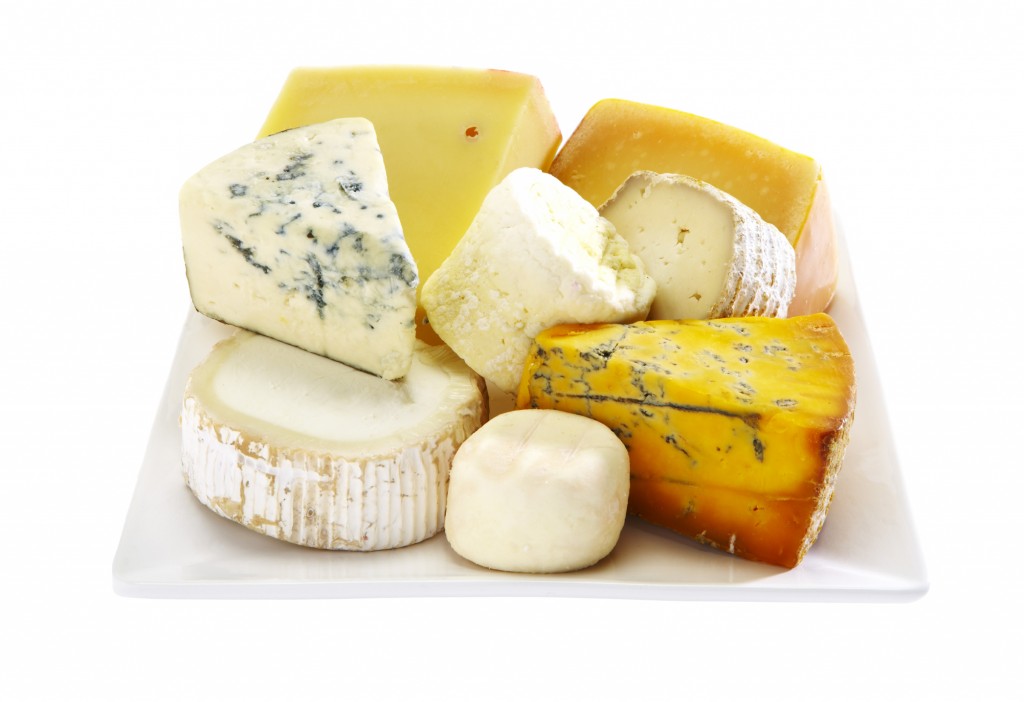
Serious Eats:
For each cheese in this list, we’ll talk a bit about the following features:
- Country of Origin: The country where the cheese was first developed. In some cases, the name of the cheese is protected, meaning that unless it is produced via strictly controlled methods in a specific region of the world, it cannot bear the name. Roquefort or Manchego are examples of cheeses like this. Other cheeses originate from a certain area but are now produced around the world. Gouda is an example of such a cheese. In general, the latter type of cheese will vary in quality far more than a protected cheese.
- Type of milk: Cheese always starts with milk, but the animal it comes from can make a profound difference on its final flavor. Cow’s milk is the mildest, with a creamy, sweet flavor that translates into a more subtle base flavor in the cheese, so aging and ripening play a prominent role in the development of flavor in these cheeses. Sheep’s milk has a mild grassy flavor with a tangier backbone and less buttery sweetness than cow’s milk. Goat’s milk is the gamiest of all, with a definite hay/barnyard funk to it.
- Aging: Most cheeses are aged for a period of time in a temperature-controlled environment. During this process, moisture evaporates leading to a denser paste and a more intense flavor. Bacteria get to work inside the cheese slowly digesting proteins and converting the texture of a cheese from grainy and crumbly to smooth and creamy (eventually, as enough moisture leaves, a cheese can become grainy and crumbly again, like in a good parmesan). Bacteria on the exterior also play a role in developing a rind and enhancing flavor.
- Tasting Notes: Here we’ll discuss what to expect when you eat a bit of the cheese and any key characteristics you should be looking out for.
- Best Uses: Is the cheese best on its own? Cooked into a specific dish? Served with a specific drink? We’ll tell you here.
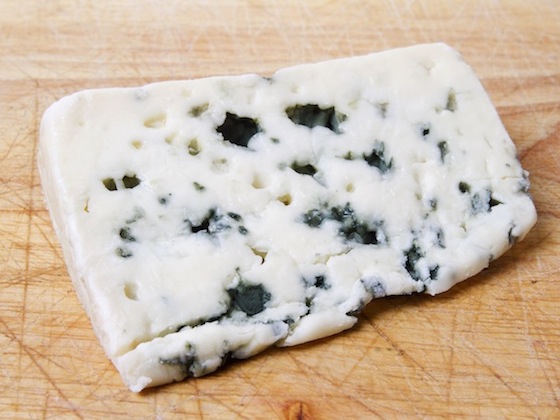
Roquefort
Country of Origin: France
Type of milk: Sheep
Aging: At least five months.
Tasting Notes: The blue pockets of mold that dot a chunk of Roquefort are colonies of the mold Penicillium roquefort, found naturally in the caves of Roquefort, France. It has a moist, crumbly paste, and a sharp, sweet and nutty flavor from the yeast with distinct grassiness from the sheep’s milk. It’s best eaten in the fall, when cheese made from early spring milk is just coming to market.
Best Uses: Eaten as is, or with nuts and honey.

Camembert
Country of Origin: France (Normandy)
Type of milk: Cow
Aging: At least three weeks
Tasting Notes: The outer rind is a layer of penicillium candidum. Take a look at this fungus under a microscope, and it resembles the tufted head of a dandelion. That’s why you’ll hear it referred to as a “bloomy rind” cheese occasionally. As one of the most widely produced French cheeses, its quality can vary significantly. Some Camemberts are handmade and name-protected (the raw-milk Camembert de Normandie, for example), while others are mass-produced from pasteurized milk (like “Le Châtelain” brand pictured). Because of their short aging period (just over three weeks), you will not find any raw milk Camembert in the U.S. Rich, buttery, and spreadable, Camembert has a mild, mushroomy aroma.
Best Uses: Eaten as is, on sandwiches, baked in a crust, breaded and deep-fried (giddy-up!)

Cotija
Country of Origin: Mexico
Type of milk: Cow
Aging: At least 3 months.
Tasting Notes: Younger cheeeses are mild and salty, somewhat like a young feta. As the cheese ages, it acquires nuttier, tangier flavors and a drier, coarser texture.
Best Uses: On tacos, salads, in soups, over rice, on casseroles, over beans, in guacamole, etc.

Chèvre
Country of Origin: France
Type of milk: Goat
Aging: Varies
Tasting Notes: The French word chèvre literally translate to “goat,” and is used to refer to any cheese made from goat’s milk. Colloquially in America, however, chèvre refers exclusively to fresh goat’s milk cheese, it is unaged and eaten almost immediately after it is made. Fresh chèvre tends to be moist, bright and acidic, with a lemony flavor and slightly chalky finish in the mouth. You’ll find it sold in vacuum sealed logs, sometimes flavored with herbs, spices, or garlic.
Best Uses: Crumbled in salads, breaded and fried, in sandwiches, in macaroni and cheese.
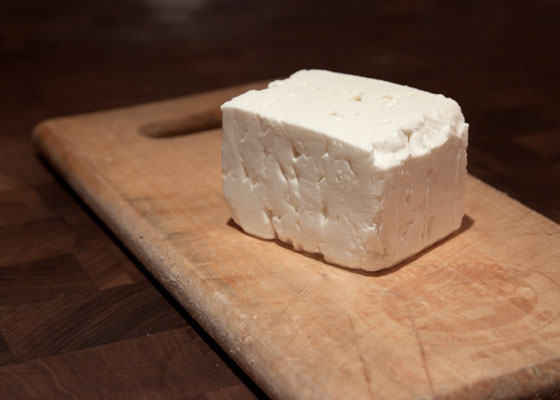
Feta
Country of Origin: Greece
Type of milk: Sheep and goat
Aging: About 3 months
Tasting Notes: Feta is one of the many cheese worldwide to be a protected designation of origin product, meaning that a cheese may only bear the label “feta” in the E.U. if it comes from either mainland Greece or Lesbos, and is made with at least 70% sheep’s milk (the remainder must be goat’s milk). A brined cheese, it is made by soaking freshly pressed curds in salt water. Tangy and moist, feta can range from completely crumbly to moderately creamy and pairs well with fresh summer fruit.
Best Uses: Broiled with olive oil. Crumbled in salads. Sandwiches. Use in place of Cotija in tacos and other Mexican dishes.
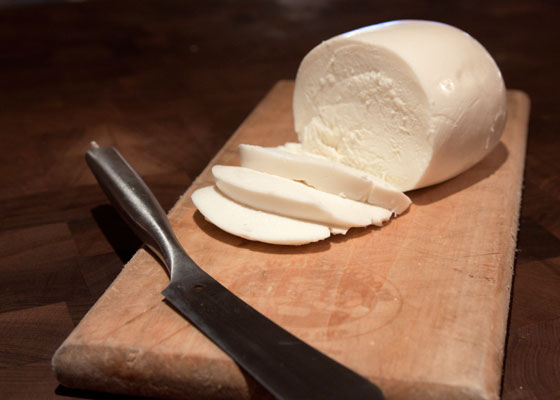
Mozzarella
Country of Origin: Italy (Campania)
Type of milk: Cow or Water Buffalo
Aging: None
Tasting Notes: Mozzarella is a fresh, pulled-curd cheese made from the milk of water buffalo (for mozzarella di bufala) or cows (for mozzarella fior di latte). The curds are heated in warm water and stretched by hand before being rolled into moist balls. The balls of cheese can then either be sold fresh, or packed in a salty brine to add flavor. Fresh and dairy rich, mozzarella is prized for its texture and mild creamy flavor.
Best Uses: Fresh with a drizzle of olive oil, coarse salt and pepper. With tomatoes in a sandwich. Pizza!

Emmental
Country of Origin: Switzerland
Type of milk: Cow
Aging: at least 4 months
Tasting Notes: Emmental is what many people think of when they hear “Swiss cheese” (yes, holes and all). It’s is considered an “Alpine-Style” or “Mountain” cheese, meaning it originated from the milk of cows that are led up the Alps to graze over multiple seasons, and its curds are cooked and pressed together firmly. The holes you find are bubbles of carbon dioxide gas created as the bacteriumPropionibacterium freudenreichii consumes lactic acid. This cheese has a certain sweetness with a piquancy that hits the back of the tongue on the finish. What is more, like all Alpine cheeses, it is a great melter.
Best Uses: Fondue, grilled cheese, casseroles.
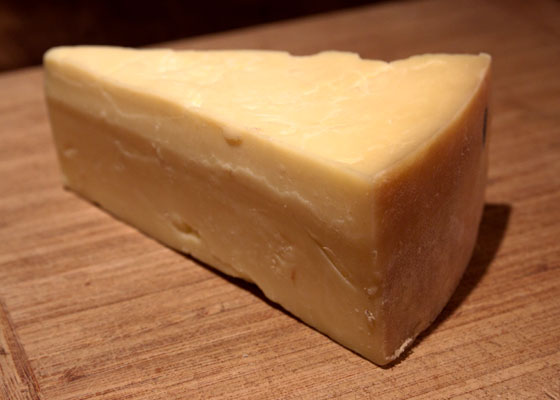
Cheddar
Country of Origin: England
Type of milk: Cow
Aging: No minimum, but good ones are generally aged at least one year
Tasting Notes: Cheddar is a cow’s milk cheese that originated in Somerset, England. Cheddar is not only a noun, but it’s also a verb; “to cheddar” refers to a cheesemaking process whereby the curds of the cow’s milk are cooked and then milled into rice-size pieces. The pieces are then pressed into large blocks, and the blocks are stacked one on top of another to press out any remaining moisture. Cheddar cheese made in this traditional fashion are dry and crumbly in texture, with a deep, tangy, nutty flavor. A far cry from the smooth mild American-style cheddars you might find on top of a burger. Cheddar-style cheeses vary dramatically in quality, so it’s a good idea to talk to your cheesemonger about them. The color ranges from ivory to straw to deep yellow in color, depending on the season and the feed of the cattle.
Best Uses: As is, in sandwiches, grilled cheese, casseroles.

Gouda
Country of Origin: Netherlands
Type of milk: Cow
Aging: At least 4 weeks, but better ones are aged at least a year
Tasting Notes: Gouda is a semi-hard to hard cow’s milk cheese from Holland. Like Cheddar, its quality and flavor can vary wildly from the mild, creamy wax-coated lunchbox versions of our youth to those specimens that are hard, crumbly, and deeply flavorful. Long-aged goudas will have a crunchy texture due to crystals of concentrated calcium lactate or and the amino acid tyrosine that form as the cheese loses moisture, just like a good parmesan.
Best Uses: Young they can be melted. Aged cheeses are best as-is or grated into salads or over casseroles.
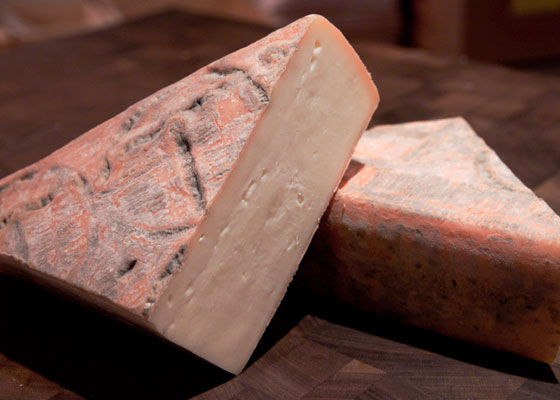
Taleggio
Country of Origin: Italy (Lombardy)
Type of milk: Cow
Aging: Six to ten weeks
Tasting Notes: At over a thousand years old, Taleggio is one of the world’s oldest soft cheeses. The washed rind cheese is in a family of cheeses created by monks who made cheese from the milk of their grazing cows in order to eliminate waste. The story is that the monks repeatedly washed the wheels clean of any mold that began to grow on their surfaces. Little did they know, they were actually fostering the growth of a slew of new bacteria on the inside and outside of the cheeses, contributing to pungent flavors and even more pungent surface smells. Taleggio smells sort of like… feet. Rich, buttery, meaty, feet. Its soft rind is edible, though it acquires a grainy texture from its repeated wash with salty brine.
Best Uses: As is.
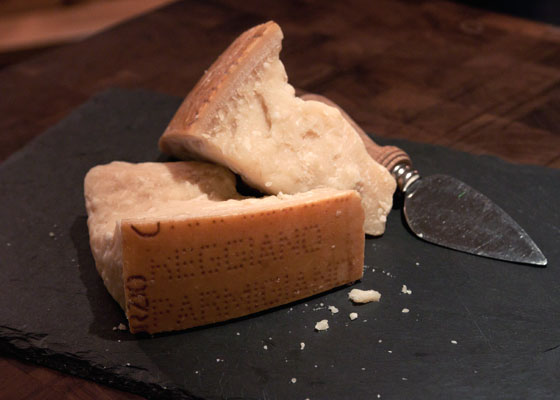
Parmigiano-Reggiano
Country of Origin: Italy
Type of milk: Cow
Aging: At least 12 months
Tasting Notes: There are a number of hard cheeses on the market that are sold under the name “parmesan.” These are not to be confused with true Parmigiano-Reggiano, a protected cheese that can only be produced in Emilia-Romagna and Lombardia in Italy. Aged for a minimum of 12 months and a maximum of 36, it’s a hard, dry, crumbly cheese that has great crunch and deep caramel-y, nutty flavors.
Best Uses: Grated on salads and pastas. The harder, saltier rinds are perfect for adding flavor to many Italian soups.
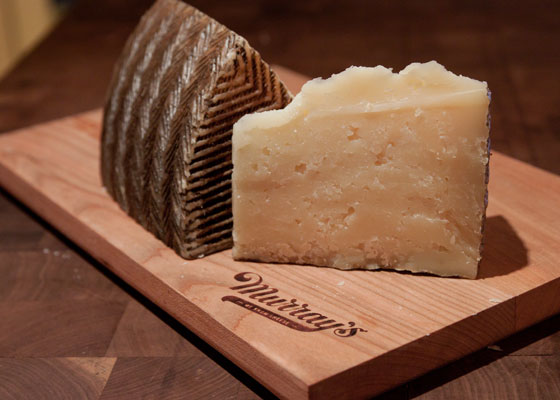
Manchego
Country of Origin: Spain
Type of milk: Sheep
Aging: 60 days to 2 years
Tasting Notes: Made from the milk of Manchega sheep, it’s a firm, compact cheese that ranges in color from ivory to straw yellow. Younger manchegos have a buttery, rich texture that borders on creamy, while the aged version develops a deeply salty flavor and crunchy tyrosine crystals as it dehydrates.
Best Uses: As is. Spanish membrillo (quince paste) is the ideal accompaniment for it.
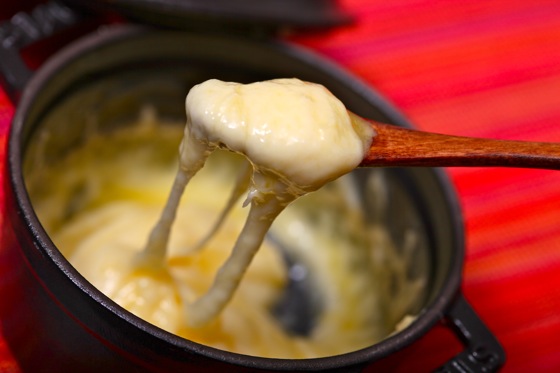
Monterey Jack
Country of Origin: United States of America (California)
Type of milk: Cow
Aging: About one month
Tasting Notes: Very mild and buttery in flavor with a bit of tang, Monterey Jack is one of the few all-American cheeses. Because of its young age and relatively high butterfat content, it’s a great melter. It often comes mixed with hot pickled peppers to make Pepper Jack cheese.
Best Uses: Melted in casseroles, grilled cheese, over chili, cheese dip, any time you want a good melting cheese.
>>>Get your FREE 6 week meal plan here!













